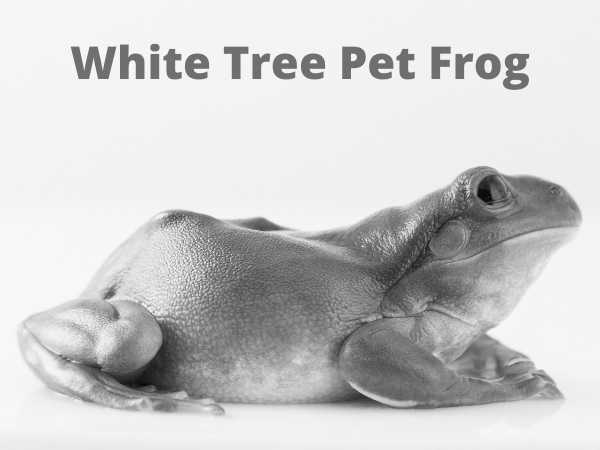Arowana fish types and care that will help fish keeping hobbyists have healthy fish in their tanks. Fishkeeping and fish tanks are popular hobbies worldwide, but in Asia, there is a preference for particular types of fish to keep. Among these are Arowanas.
Arowana Fish Facts
This article will explore what an Arowana fish is and how to care for one.
Definition an Arowana is a bony fish of the family Osteoglossidae. They’re colloquially known as “dragonfish” or “dragon” and “monkey fish”.
They can be kept in aquariums, but due to their size varying from 40cm for males up to 1m for large females, they need a large tank.
Arowana Fishy Types
There are several species of Arowana fish, but the most common kept is the silver/Asian Arowana (Osteoglossum bicirrhosum). They come in various colors depending on the strain(s) bred for.
Arowana Fish Size
An adult silver/Asian Arowana can reach up to 1m. Not all strains are bred for size, you have some that grow up to 100cm and some over 1m.
They eat a lot, so the larger they are, the more you need to be prepared to feed them. Males are much smaller than females.
Breeding Arowana Fish
As an Arowana matures, its coloring changes from silver/grey with black spots on its back to dark green and finally to a metallic green with dark color barring.
Males and females are easily told apart by the fact that males have red eyes and an upturned mouth while females have brown eyes and an inverted mouth.
If you want to get your fish breed, there are specific conditions in which they should be kept for successful breeding:
1) A good strong filter is needed in the tank, one that won’t get clogged up by its large scale.
2) Plenty of hiding spots are needed for the Arowana, and there should be lots of space to swim around in.
3) A mature male and female should be kept together during the breeding season (while they’re not stressed). If successful, the Arowana will lay her eggs in your “nest”, which is the sunken part of a plant stem. The male fertilizes them, but you have to remove him so he doesn’t eat the eggs. They can hatch after 24 hours.
4) Hatchlings are very small and should be fed just hatched brine shrimp at first, but quickly graduate to feeder fish.
5) It’s a good idea to set up a separate tank for the fry or they will be eaten by either their parents or other inhabitants of your tank.
6) The fry should be fed very small foods like micro-worms and brine shrimp nauplii. If you have a good filter, you can feed food for the parents to the fry as well.
7) After several months they will be too big for brine shrimp and micro-worms so you need to switch to large sizes of pellets (like Hikari Staple). They’ll eat any sized pellet after that. Like all fish, they also need vegetables (dark leafy greens like kale and spinach) in their diet.
Provided that you follow these steps, the Arowana will most likely breed.
Arowana Fish Water
Silver/Asian Arowanas can withstand nearly any water parameter as long as it’s stable and clean. They’re not fussy about specific gravity or pH levels at all.
However, the water must be kept clean at all times! If you can’t routinely change 50-80% of your tank’s volume per week, do not keep this fish!
Water changing for Arowanas is more frequent compared to other fish types. The Arowanas are large messy fish and they produce a lot of waste.
You need to clean your tank often and perform large water changes daily or every other day. Filters need to be running 24/7 and you have to make sure it doesn’t get clogged up by their large scales, otherwise, your Arowana will get sick from the dirt buildup.
Arowana Fish Care
Arowana fishkeeping is not for everyone. The fish are high maintenance and even experienced fish owners find it hard to keep up with the care.
If you are a first-time fish owner, avoid Arowana pet fish. However, if you feel that you are up for the challenge, Arowanas are beautiful fish.
I hope this post on Arowana Fish types and care was helpful. Please share it and also follow me on FishBasics Pinterest for more on fishkeeping.









